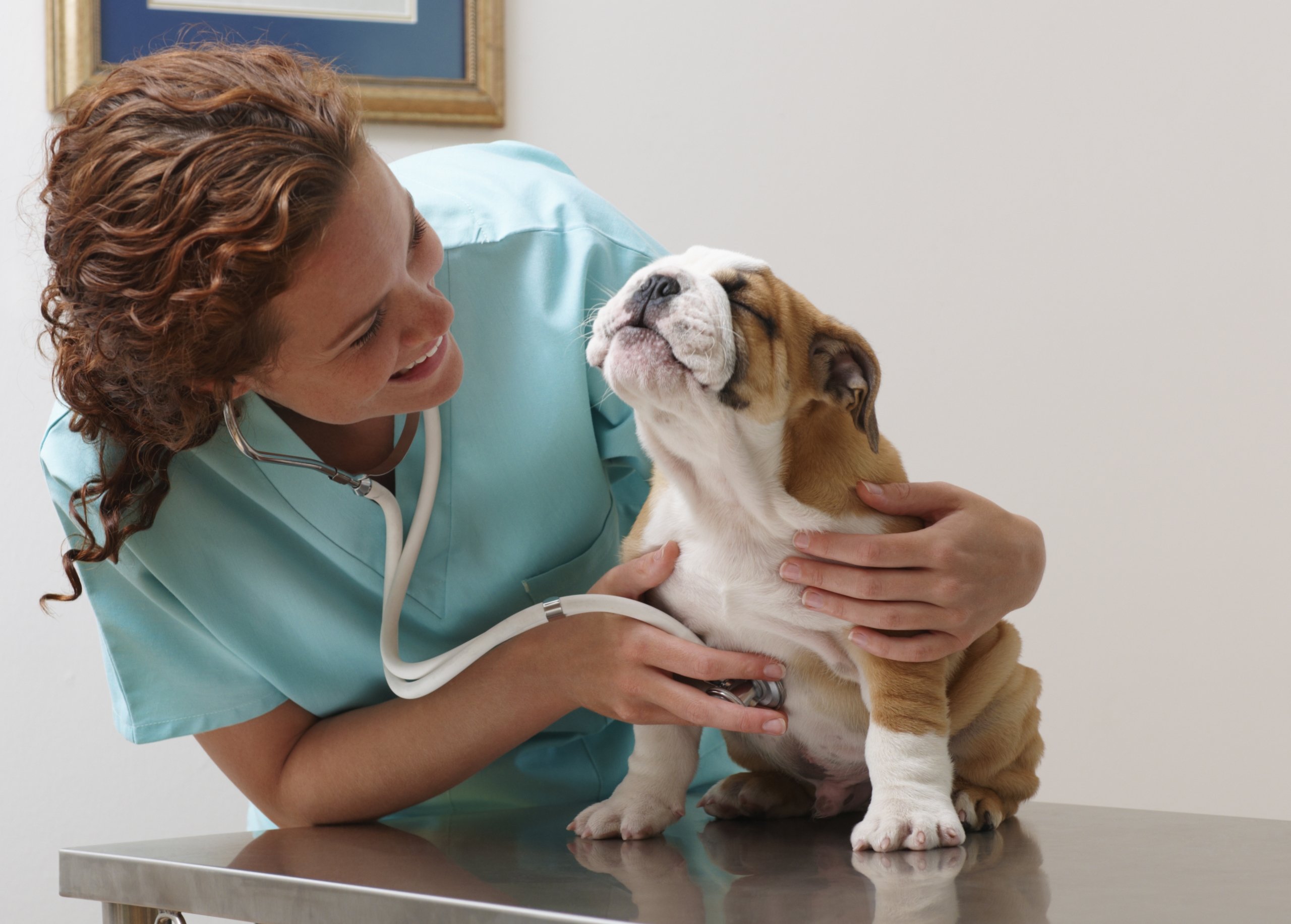
When a pet comes into our lives, whether by purchase, adoption, or taking in a stray, we’re making a commitment for life — our pets’ lives. They become a loved member of the family, and we would do almost anything for them. So, when we feel that our pet needs medical attention, we naturally head to the regular vet for help.
One reason we’re quick to get veterinary care is simple: pets can’t talk (or at least in a language we understand). We have to rely on signals our pets are giving us. We know when something isn’t right — a look in their eyes, a change in their habits, or we notice a bump, or some swelling.
Veterinary medicine services can be expensive. One reason is that we now have pet-specific ER doctors, cardiologists, oncologists, neurologists, dermatologists, and ophthalmologists. More ailments can be diagnosed and treated than was possible a decade ago, but the cost can often be astronomical.
The need for emergency veterinary care, usually related to something dire like an accident or ingesting something dangerous– can send pet parents into a panic. So, here are a few ideas to help prepare for when this happens.
The American Veterinary Medical Association identifies 13 conditions that require immediate care. These include severe bleeding, difficulty breathing, choking, nonstop coughing, fractured bones, bleeding from the nose, mouth, or rectum, severe vomiting or diarrhea, and unconsciousness. Ingesting poisons, such as antifreeze, multivitamins, chocolate, and pest poison, can cause allergic reactions and requires immediate veterinary care. The Merck Vet Manual is also a good resource when searching for answers to emergency situations for dogs and cats.
No doubt, you’ll want to drop everything to bring your pet to an emergency clinic. In the cases listed above, be sure you at least call a veterinarian for advice.
You should have a plan in place of where to go in case of an emergency. Many vet offices provide some emergency care, but it’s good to know where to find clinics dedicated to 24-hour emergency care.
It’s important to realize that emergency care can be especially costly. Cost is not something you want to think about while you’re in a state of worry or panic about the life of your pet. It’s important to have a financial safety net in place in case of such an emergency.
By the way, according to Angie’s List, “A whopping 83 percent of Angie’s List members who took an online poll have a pet, and 65 percent have experienced a pet emergency.” It happens. So, let’s be prepared.
According to preventivevet.com, the following amounts are just a sample of some approximate pet emergency costs:
Knowing the cost of medical emergencies is important, not only to prepare you for the bills but also to highlight, from a financial standpoint as well as an ethical perspective, how important it is to keep your pets safe from injury and mishaps.
Naturally, you will want to be sure your pet is kept safe indoors and away from any toxins, and that dogs who are kept in a yard have proper covering and a reliable fence. (Many breeds spend all day trying to escape a fence, so you need to be vigilant about its condition.)
Let’s look at ways you can be prepared to pay for a pet’s medical emergency:
Emergency vet visits can cost thousands of dollars if surgery is needed. According to a CNBC report on the cost of emergency pet care, financial advisors recommend adding a line item to your family’s monthly budget for your pets and also include them in the family emergency fund. Some recommend that families should earmark as much as $5,000 to $10,000 in the family emergency fund for a pet.

Pet insurance has grown in popularity. According to the North American Pet Health Insurance Association, 2.1 million pets in North America are covered by insurance. Some employers even offer it as an option among their employee benefits.
Look at different insurance providers to see if this is cost-effective for you. Price can involve pre-existing conditions, age, and breed. Veterinarians sometimes advise signing up for pet insurance when your pet is young and healthy.
Imagine you’re in the emergency room. Your pet needs immediate care for life-threatening injuries, and the office is asking you to pay upfront.
One option the office may offer is a pet care credit card. It seems like a godsend; however, be aware of the conditions of payment. Read the fine print about interest rates.
CareCredit is an option sometimes offered and provides people with financing for both medical and veterinary bills, as a way to pay for appointments, emergency care, or surgeries. They advertise zero percent interest that increases retroactively to double digits if the loan isn’t paid off after a specific period. Scratchpay, another option to pay vet bills, offers to pay up to $10,000 through various payment plans and interest rates. Both of these credit services advertise in offices of partnering vets, with pamphlets on receptionists’ desks.
Keep your yearly visits with the veterinarian to maintain your pet’s health through vaccines, oral health, weight, and nutrition management, etc. It’s easy to let these visits slip if you’re not seeing anything troublesome, but there is a lot to be learned from your vet about your pet’s everyday care during these visits that will help keep your pet in good condition and prevent emergency situations.
We’ve all seen footage from disasters like hurricanes, floods, and wildfires where pets are lost or stranded. Have a plan in place for your pets in the event that you need to evacuate your home. Ask a family member or friend for help taking a pet temporarily or find pet boarding in the area where you would likely evacuate. If at all possible, do not leave your pet to fend for itself.
The information and materials provided on this website are intended for informational purposes only and should not be treated as an offer or solicitation of credit or any other product or service of Regional Finance or any other company. This website may contain links to websites controlled or offered by third parties. We have not reviewed all of the third-party sites linked to this website and are not responsible for the content, products, privacy policy, security, or practices of any linked third-party website. The inclusion of any third-party link does not imply any endorsement by Regional Finance of the linked third party, its website, or its product or services. Use of any third-party website is at your own risk.
References accessed on January 15, 2021:
https://www.aspca.org/pet-care/general-pet-care/emergency-care-your-pet
https://www.merckvetmanual.com/special-pet-topics/emergencies/emergency-care-for-dogs-and-cats
https://www.cnbc.com/2018/06/14/are-you-prepared-for-a-pet-emergency-most-americans-are-not.html
https://www.angieslist.com/articles/how-prepare-emergency-pet-care.htm
https://www.vox.com/the-highlight/2019/7/16/20694851/pet-insurance-sick-dog-cat-pets-vet-cost
https://www.preventivevet.com/pet-emergency-statistics
https://todaysveterinarybusiness.com/scratchpay-introduces-interest-free-client-financing
You can prequalify for your personal loan online in just minutes by clicking prequalify now. Or, if you prefer, call or stop by your local branch to get the process started. Our loan specialists can answer any questions you may have such as what a personal loan is, understanding personal loan interest rates, and how to qualify for a personal loan. We’ll help you fill out an application for the type of loan that fits your needs.